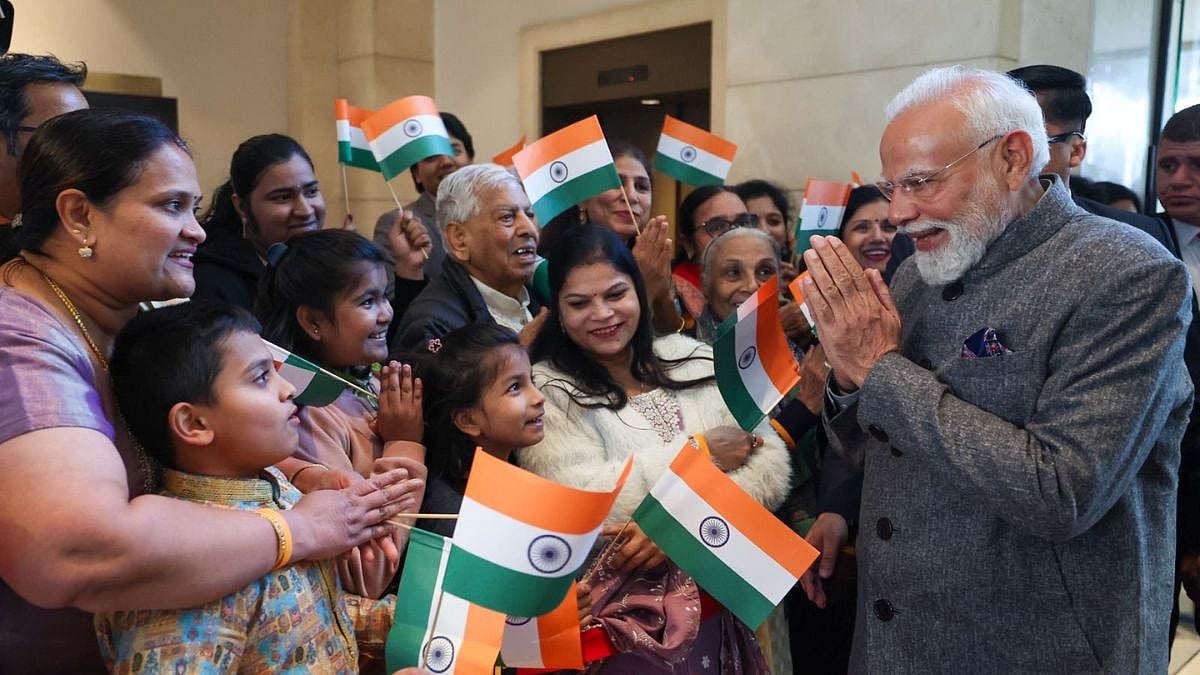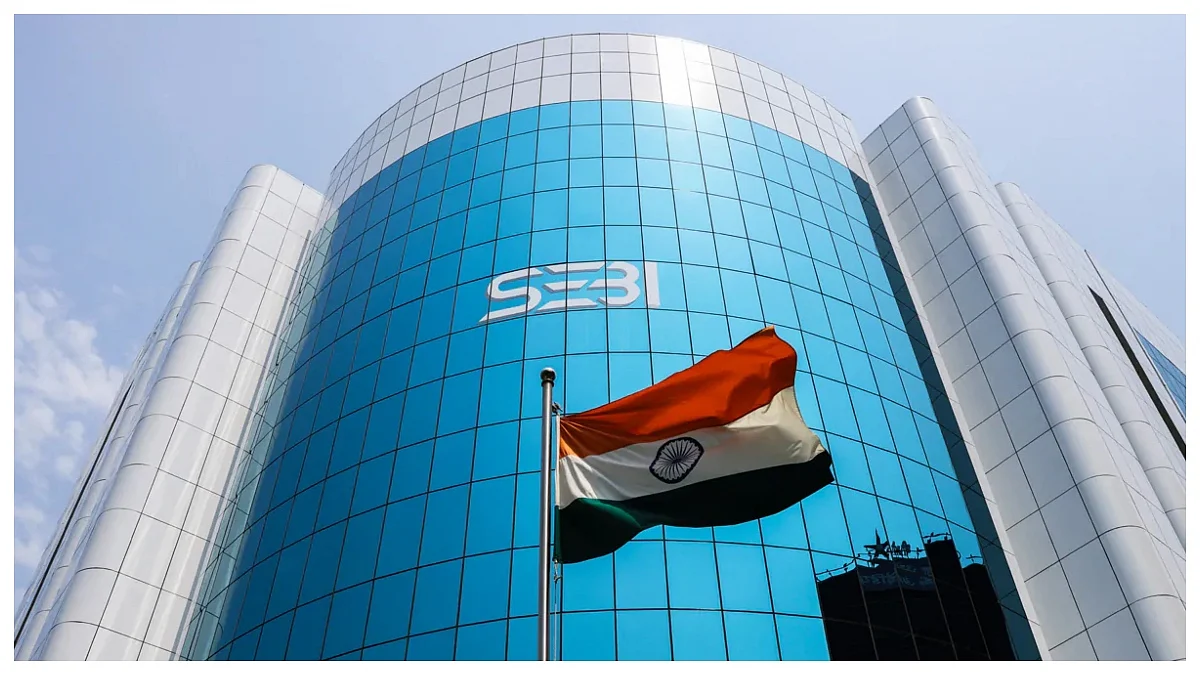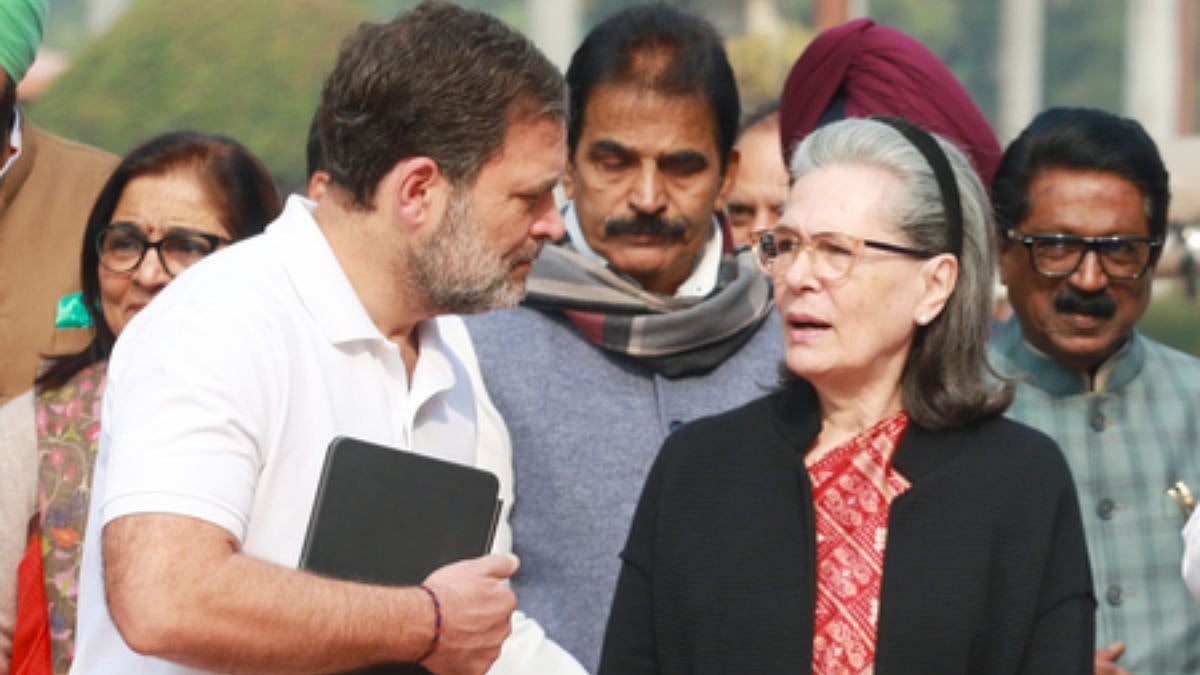The highly anticipated GDP prints for the second quarter, after a dismal first quarter performance due to the Covid-induced lockdown, were announced on November 27. As expected, the economy recovered quite significantly in the second quarter from the severe contraction in the April to June quarter. With 7.5 per cent contraction in Q2 of FY-21, the growth rate is better than most estimates. The recovery in the slide, aided by progressive unlocking coinciding with the festive season and pent-up demand, helped the economy deliver a positive surprise. Notwithstanding the confirmation that India is in technical recession, the sharper than expected narrowing in the pace of GDP contraction was primarily driven by agriculture, manufacturing, electricity and utilities. Agriculture, in fact, is the bright spot for the second straight quarter, amid a grim GDP performance.
India’s Q2 GDP numbers were anticipated to have a significant sequential rebound, even as they were expected to remain in the negative. The first quarter contraction by a whopping 23.9 per cent was unexpectedly higher than the consensus estimates, which was primarily because of the stringent nationwide lockdown between April and June. Notably in the first quarter, agriculture was the only sector that registered 3.4 per cent growth, while other segments recorded massive contraction – construction (-50.3 per cent), manufacturing (-39.3 per cent), mining (-23.3 per cent) and services, trade and transport shrinking at 47 per cent each. With the high frequency indicators – auto sales, real estate, manufacturing PMI and railways freight earnings – having shown gradual signs of pick-up, pointing towards overall economic recovery, the second quarter growth expectations, therefore, were significantly better than that in the first quarter because of the phased unlocking of the country.
Analysts’ estimation of the second quarter slippage was in the range of 8 to 13 per cent. The RBI expected a contraction of 8.6 per cent. In the July to September quarter of last year, the GDP growth was 4.4 per cent. In expectations of a significant sequential pullback in the Q2 GDP, rating agencies and global brokerages have revised their FY-21 GDP forecasts for India to around minus 7 per cent from the over minus 8 per cent earlier. Although GDP growth is expected to improve in the remaining two quarters of the current fiscal, with the improved pace of pick-up in economic activity in most sectors, analysts expect the economy to face downward pressure from the still worrisome spread of the pandemic in some states and the re-imposition of restrictions in certain regions. Consumption demand and investment are needed to push the economy on a sustained growth path. Since both continue to be tepid, any meaningful recovery in the December quarter looks doubtful. In fact, now that the festival season is over, demand is expected to slow down considerably.
As of November 30, three days after the National Statistical Office released the Q2 GDP data, there were 9.31 million reported Covid-19 positive cases in India, accounting for about 15 per cent of the world’s 61 million cases. With an average of around 40,000 cases reported daily in recent days, the pandemic is still a cause of concern, while the progress on the vaccine front is the only hope to contain its spread. There is still time before the vaccine will be available to the public. Therefore, the economy will continue to be disrupted by the pandemic because of restrictions on travel and tourism, which will affect airlines, hospitality and service sectors. The degree of disruption and its prolonged impact on businesses will continue to haunt the economy, which is far from reaching pre-pandemic levels. The GDP prints for two consecutive quarters of the current fiscal reflect the exceedingly high impact of the pandemic across several industries and services that continue to bleed profusely through multiple deep cuts.
However, despite the debilitating effect on the economy, the Q2 GDP numbers hold hope with some sectors reporting smart recovery. The notable takeaway is manufacturing, which grew 0.6 per cent; this implies that the output from manufacturing industries is greater over the previous three months and is on par with production in the comparable quarter last year when the economy was in a better shape. All other sectors – mining, trade, hotels, transport, communication, broadcasting and retail – have shrunk at a slower pace, which is a sign of recovery, implying greater economic activity across sectors, compared to the previous quarter. So when the official view is that green shoots are visible, holding out hopes of a better recovery in coming quarters, there is a need to be little circumspect because while the headline numbers are better than most estimates, the economy remains in bad shape. The only major positive is that the Q2 contraction has been of a smaller magnitude, but the economy has entered technical recession because of negative growth in two consecutive quarters.
The need to be cautious also arises from the fact that the Q2 numbers are being compared with the second quarter of 2019, which was also the year of the slowdown that began in 2018. Before Covid-19 hit the country, our economy was on a downward spiral; the pandemic dealt it a brutal blow. Therefore, the road to a full recovery is pretty long. Two successive quarters of contraction and the third quarter also likely to be in the negative territory implies that India is heading for a full-year fall in GDP growth, for the first time since 1979. Going forward, the hope of sustaining the current recovery for the economy to come back on track next year will depend critically on the spread of the pandemic, as the winter months warrant caution.
The 23.9 per cent fall in GDP in the first quarter was one of the worst among major economies of the world. The 7.5 per cent reduction is better than the global average of minus 12.4 per cent for 49 countries. In the first quarter, the average of these 49 countries was minus 5.6 per cent, while India contracted by almost 24 per cent. But there are many countries that have recorded better growth, or less contraction, than India: US, Germany, Italy, Japan, Singapore, Sweden and Hong Kong, while Taiwan, China and Vietnam recorded positive growth. This means, as the data suggests, the contraction in India’s economic growth during July-September quarter has been sharper than most other major economies, though the decline in the case of Spain (-8.7) and Britain (-9.6) has been slightly higher than India’s. Given the uncertainty, one can be cautiously optimistic on Indian economy, but there are several areas of concern as well.
The author is an independent senior journalist









